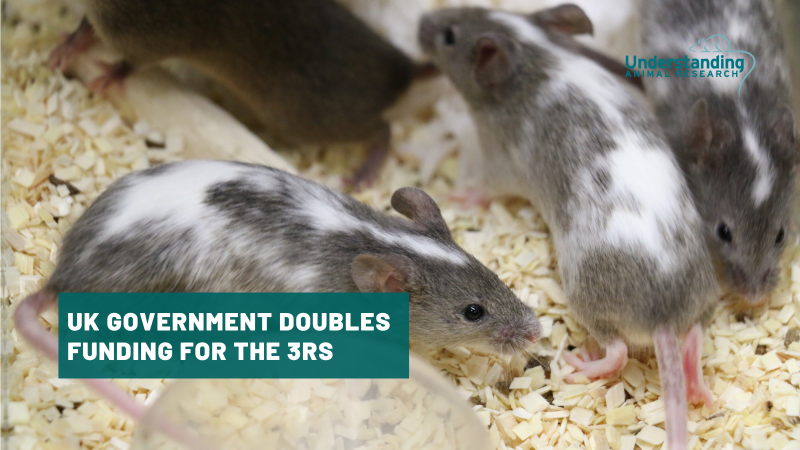Text to go here...
 Scientists have found that the onset of labour is controlled by tiny molecules called microRNA. The discovery may lead to new medicines designed to prevent premature labour.
Scientists have found that the onset of labour is controlled by tiny molecules called microRNA. The discovery may lead to new medicines designed to prevent premature labour.
Researchers used pregnant mice to measure microRNA levels in the wombs of mice mid-pregnancy and near labour. The amount of a specific group of microRNA was found to greatly increase just before labour. The increase was also seen when researchers artificially caused premature labour in the mice.
This led researchers to a chain reaction that explains how the hormone progesterone stops the womb from contracting during most of pregnancy. It was found that progesterone controls this group of microRNA molecules. As progesterone levels decrease towards the end of pregnancy this allows the microRNA to multiply which initiates a chain of events that end in labour.
Cultured cells from a human womb were found to act in the same way as the cells from pregnant mice.
The research raises the possibilty of using these microRNAs to stop premature labour. However, researchers stress that the same microRNAs are known to play a role in cancer which may restrict opportunities for developing medicines based on microRNA.
Last edited: 11 January 2022 10:29




